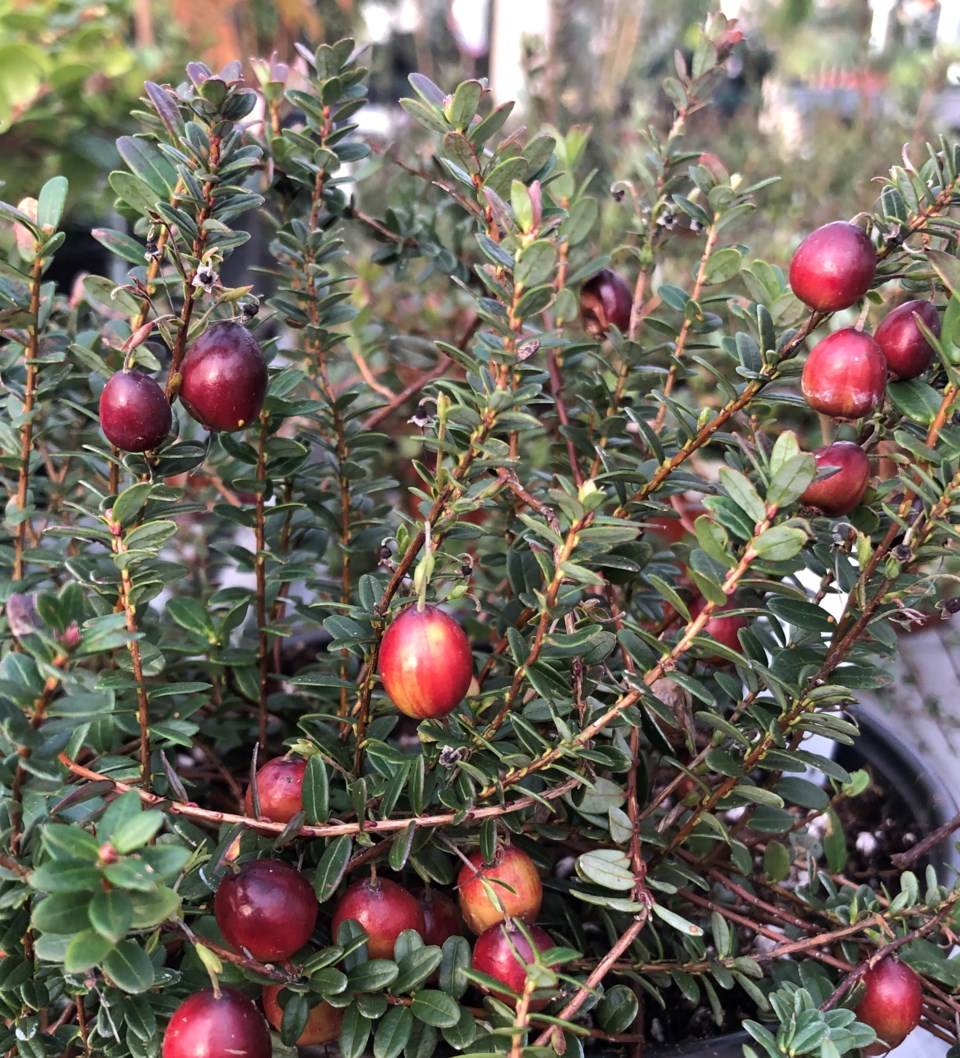The following column was submitted to the Tri-City News from Brian Minter — master gardener, best-selling author, Order of Canada recipient and co-owner of Minter Country Garden Store.
As food prices continue to rise, many folks, even those with smaller gardens, are now considering growing more of their own food.
If you’re serious about growing your own food, one of the first considerations is having a location with enough sunlight, especially between 10 a.m. and 4 p.m.
This is critical to grow a wide range of vegetables, herbs, small fruits and even fruit trees.
To be successful in food growing in today’s world we also need to strategic and innovative. The luxury of a large garden space is not always a possibility, so the first rule is to grow the things you love to eat and make the best use of your space. This will give you the best return on your investment of both time and money.
Today, we see so many gardeners using raised beds and containers, which is great, because learning to maximize your space for greater return is the key.
Adding significantly larger trellises to our containers, or securing them to our available wall space, offers all kinds of new growing possibilities up there in the air, with the benefit of better air circulation and exposure to the sunshine.
All vining vegetables, like peas, beans, cucumbers, squash and tomatoes will easily produce more food in that formerly unclaimed new growing area so, in this way, your “climbing” garden will provide far more produce.
Even in regular garden beds, the use of pergolas, archways, obelisks and even simple tripods, can more than double the growing space you currently enjoy.
Fences can also provide invaluable space to grow a wide variety of our favourite fruits; from apples, pears, plums, cherries and even peaches, they simply need to be trained to grow as a narrow espaliered form, as opposed to a canopied tree form. We’ve done this in our own garden with great success. The fence still looks good all year round, but it now supports the production of so much fruit with relatively little work.
One of my favourite images I show at my “Edibles” presentations is that of a southwest facing wall of a garage. Tiered eavestroughs, secured at intervals from top to almost the bottom, overflow with lettuces, herbs and many other leafy greens. It looks fabulous, but also provides an efficient way to allow for production of massive amounts of a continuous supply of fresh greens and root crops like radishes.
Even vines like ever-bearing raspberries, thornless boysenberries and blackberries, as well as strawberries, can be grown on space saving trellises which, depending upon the varieties you grow, can be harvested from both sides where possible. Traditional shrub berries, like currants, gooseberries, tayberries and haskaps, can also be trained on trellises to save space and increase production.
Planting early, mid-season and late blueberries together and grown as one plant will vastly increase production in just one spot.
If you have a sunny area that needs a ground-cover, try cranberries. As evergreens, they are beautiful year-round and once established, will produce lots of berries throughout the fall and winter.
To be successful in food gardening, and to reach a point of food sustainability, we need to become more innovative now than we ever have before.
As winter draws to a close, our opportunities to begin planning and planting begin in earnest.
Let’s make this year’s food garden more efficient, more productive, full of a diversity of flavours and just plain fun!





